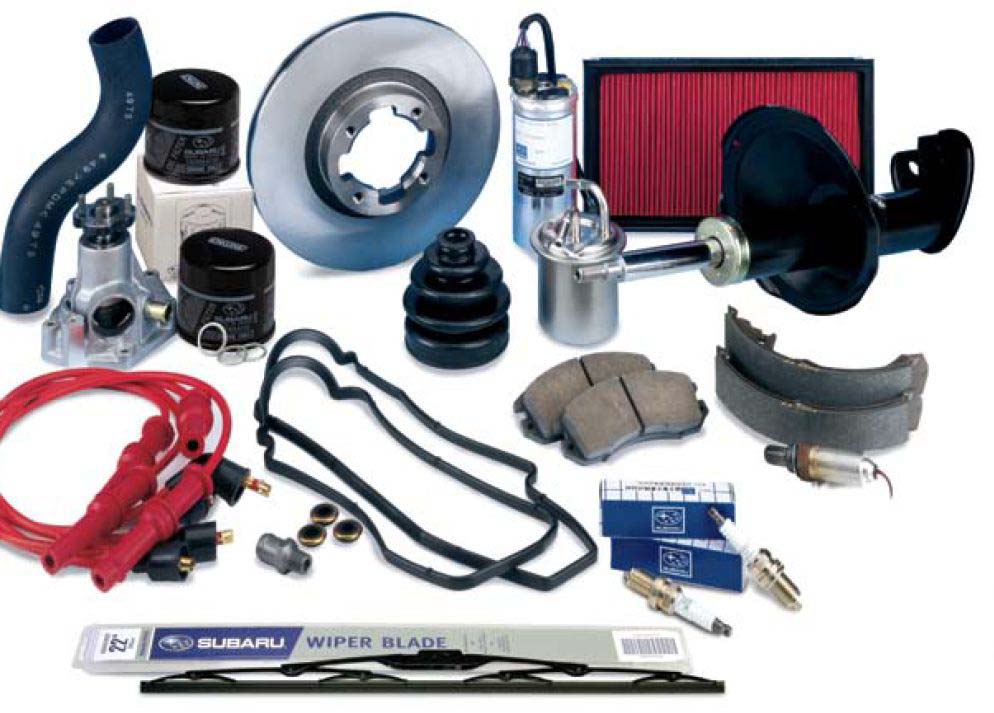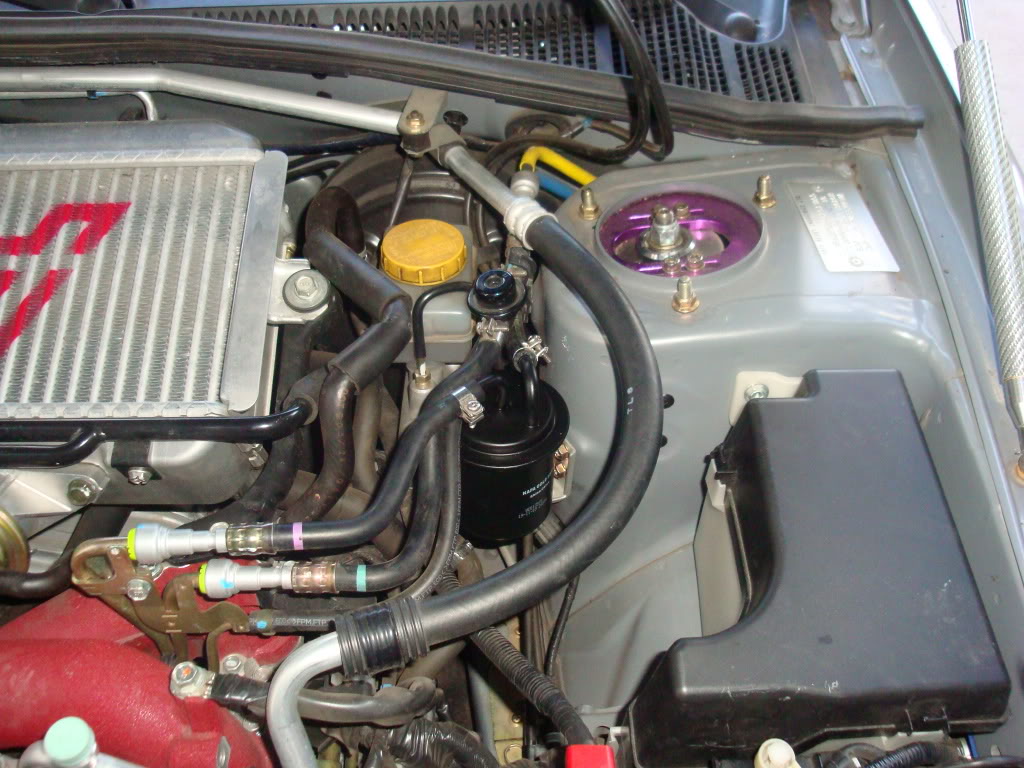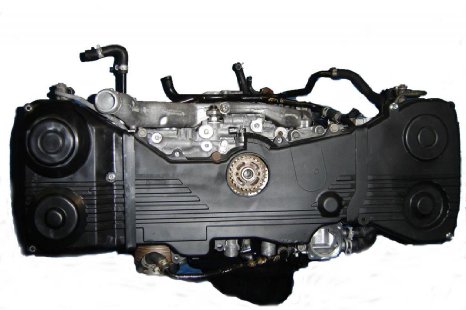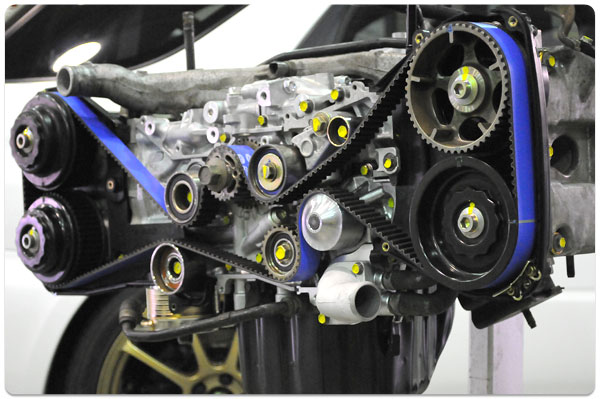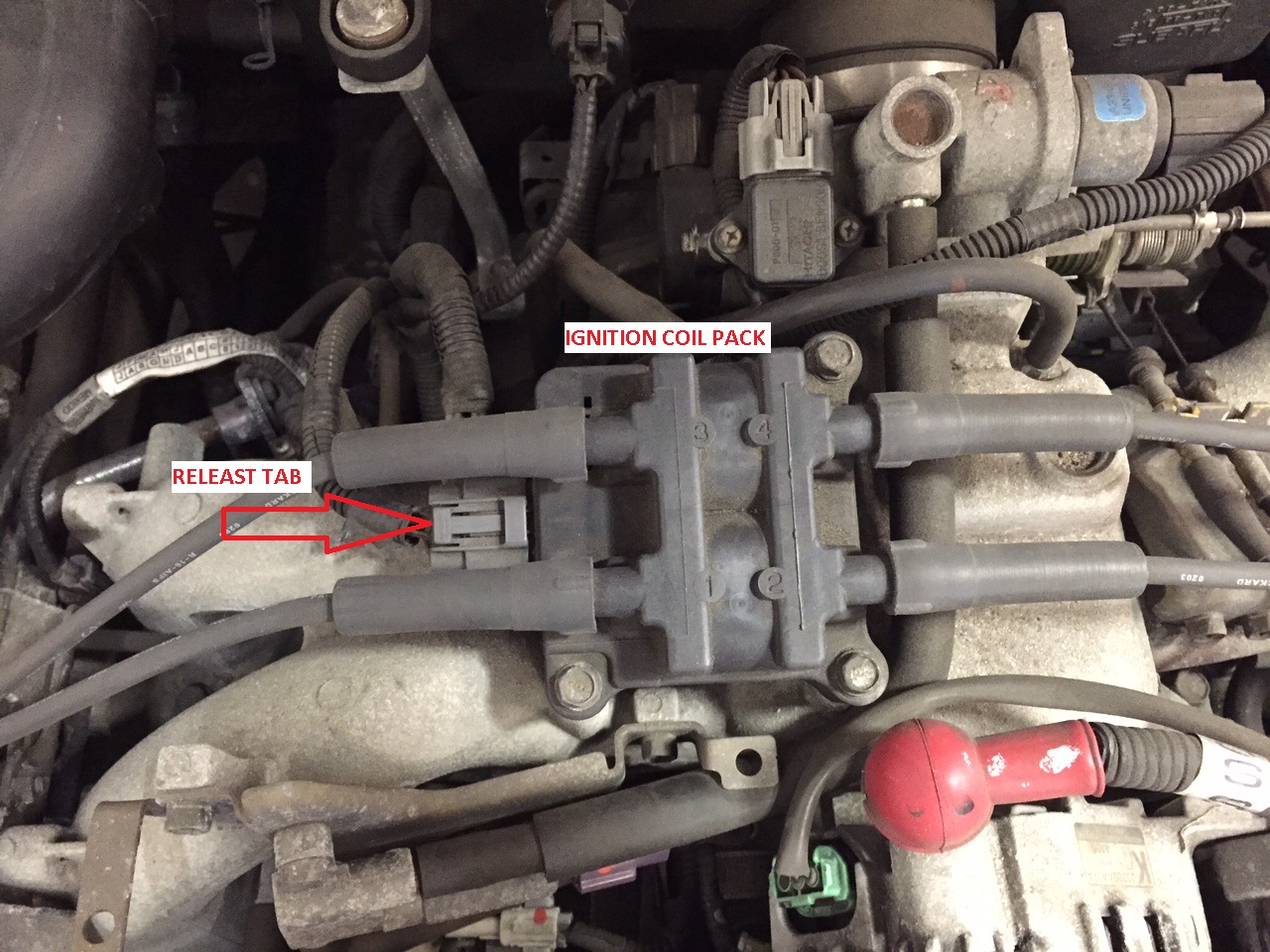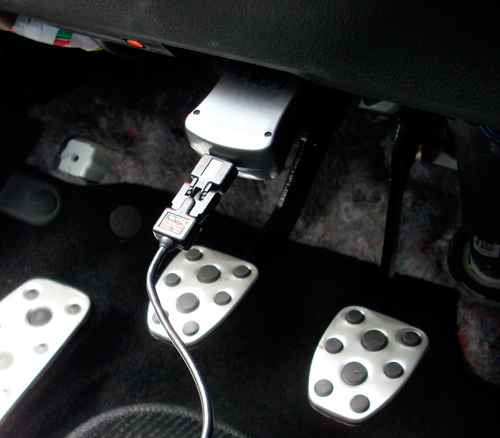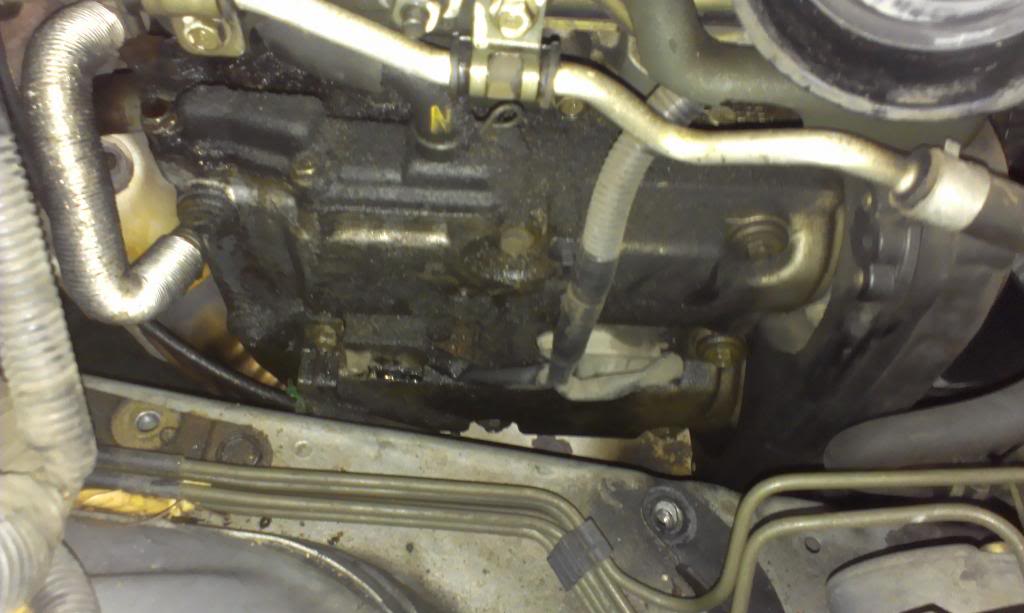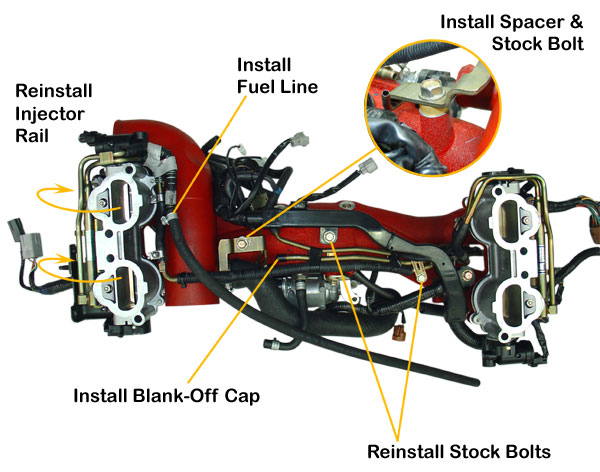Antilock Brake System for Early Subarus:
A variety of antilock brake system (ABS) have been installed in Subaru vehicles since the first systems were installed in the 1990 Legacy. In the sections that follow, we’ll give you a brief overview of each system and explain proper diagnostic techniques.
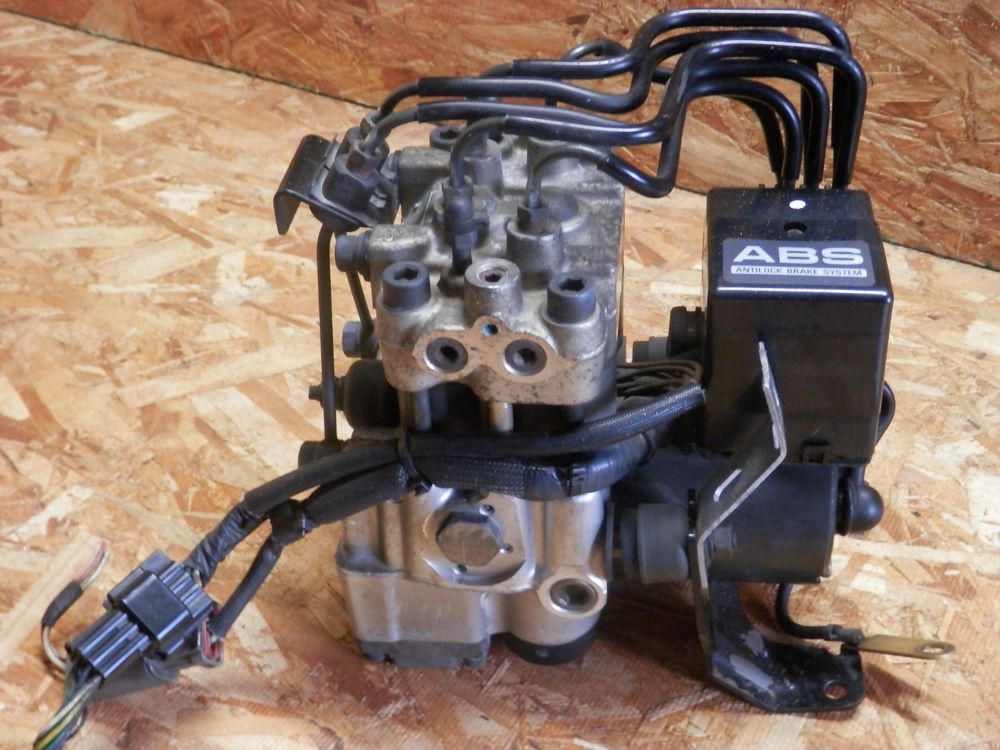
Antilock Brake System for Early Subarus:
Early Subaru Antilock Brake Systems:
The original Subaru Legacy Antilock Brake System (ABS) was licensed by Bosch and manufactured by Nippon ABS, Ltd. The system electronically controls brake fluid pressure supplied to the brake system. This control helps to prevent “wheel lockup” during braking on slippery surfaces and emergency situations. The system includes a fail-safe feature, which indicates a malfunction by illuminating the warning lamp. The system is then returned to a conventional power brake system. The four channel system provides accurate individual wheelspeed control and improves the directional stability of the vehicle during braking.
Antilock Brake System (ABS) Components
• Tone wheels (4)
• Speed sensors (4)
• Electronic control unit (ECU)
• Hydraulic control unit (HCU)
• G sensor (manual transmission models)
• Warning lamp
A tone wheel is attached to each wheel hub and rotates at the same speed as the hub. The magnetic speed sensor is mounted in the axle housing. The notched tone wheel acts as a reluctor which modulates the magnetic field of the speed sensor. The tone wheels are individually replaceable.
The speed sensor provides an alternating voltage signal to the ECU. The alternating voltage and frequency corresponds to wheelspeed.

